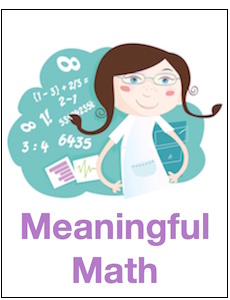Gearing Up to Get Math Students Onboard
A MiddleWeb Blog
Michelle Russell is a high school math teacher with experience teaching in grades 7-12. She writes her popular blog with an eye on all those grades. See her other start-of-school posts here.
Over the summer I wrote down what I want to accomplish the first few days of school so that I could match activities to my teaching/learning goals.
It made me realize that I expect a lot of beginning-of-year activities.
Here’s what I wanted to achieve (in no particular order):
1.) Establish our classroom culture.
2.) Put students at ease.
3.) Do a little math!
4.) Have fun!
5.) Introduce and encourage students to follow rules and procedures.
6.) Give students an idea of who I am as a person and a teacher.
AND, I needed the activities to be low prep! After I made my list, I grouped them into four main categories: procedural/logistics, fun, math activity, and relationship building. I then tried to find activities that would make sense in those categories.
Procedural/Logistics
First of all, I had to decide whether I would make a seating chart or just allow students to choose their own seats. In the end I decided to make a seating chart. I was swayed by several comments I read on Twitter from adults who shared the anxiety they felt going into a classroom where they weren’t assigned a seat.
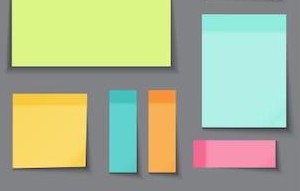
I wanted students to know what the procedures in my classroom are, and I wanted to reinforce some school rules that I thought students might need a refresher on. In the past I have read the rules and procedures to students – and that is about as much fun as it sounds.
This year I posted the rules and procedures on Canvas for them to read and gave them a condensed version in a response form. The form was only one page and only required them to write about the matters that I considered to be of the most importance. They did this while I was taking attendance, assigning lockers, and checking schedules.
When they finished, I discussed with them the matters that I thought they might struggle with or anything that I thought might need clarifying. I walked around to make sure each student had completed the form. I did not take it up and they were told to keep it in the front of their notebooks. This is the form I gave students. I did edit it down to one page and I adjusted the topics.
Math Activities
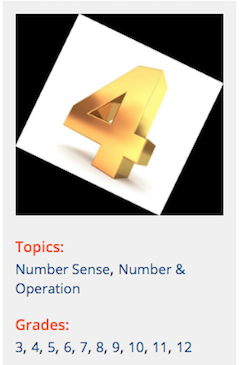
One note of caution: I have noticed that students will get incorrect results because of improperly applying order of operations. So that’s something to keep an eye out for. It can also be a great conversation starter to talk about order of operations.
My students really like this activity. I have had them work on it individually or in pairs, and I have some classes that want to make it a competition. The activity is easy to explain to students and everyone can participate. It also fits my low prep rule! Here are instructions.
Skunk: This is a game of probability. The only thing you need to play is two dice. I like to project the dice on the smart board so students can see them, but that is optional. Every letter in Skunk represents a round. All students stand up; if the dice land on a 6 and a 4, the students earn 10 points. The students may sit down between rolls. If a student is standing, they will continue to earn points. However, any student standing if the die lands on double sixes or double snake eyes loses all of their points in that round.
That’s the way I play – there are many variations. You can use the game to talk about probability. You can also use the data to create different graphs. Here’s a variation of the skunk game and a dice simulator.
Relationship Building
Survey: Every year I have students fill out a survey at the beginning of the year (usually on the second day). It’s fairly basic, and I have whittled it down to what I consider to be the most important topics. I used to administer it as a Google survey, but I found students would write more on paper. I ask students how they learn best, what traits they appreciate in a teacher, and what feelings they have about math.
However, the most valuable part of the survey is when I ask, “What would you like me to know about you?” This is the place students can write down things they might be too embarrassed to say out loud.
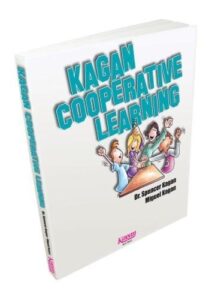
After they fill in the information, they walk around, talk with their classmates, and find someone in the classroom who matches with one of their answers. If they find a match, they write that person’s name on their paper, and vice versa.
I typically don’t like ice breaker activities, but I also filled out a form and did this with my students, and I really enjoyed it. I found students who had the same birthday as me and who had the same hobby as me (reading), and it just made getting to know each other easier. All over the classroom I could hear students say, “What’s your name again, how do you spell that?” It really was a good way for kids to interact with each other.
I found this activity in the book Kagan Cooperative Learning, but you can google “People Hunt – Kagan” and tons of information will come up.
Just for Fun
Polaroids: I take Polaroids of my students for my “Mathematicians” board. Instant cameras are a kind of novelty for some digital-age students. At this point, it’s a little tradition in my classroom. A lot of students come in knowing I do this, and knowing they will get the picture back when they graduate. It is optional. Some students don’t want their picture taken at all; some want it taken but not posted. I respect whatever they decide.
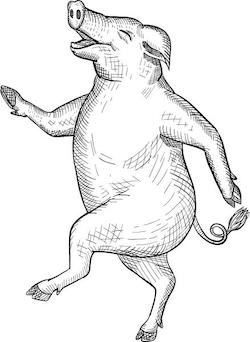
There is an analysis sheet that tells about their personality based on their drawing. For example, if a student draws their pig toward the top of the paper, they are an optimist. There is no scientific validity to this. It’s just fun. My students liked hearing about their personality, and the other students would chime in and say whether or not they agreed. If you decide you want to do this activity, you’ll find everything you need here.
Tips for a Successful Start
Students are fragile at the beginning of the year. When planning activities, think about whether it would be comfortable for all students to participate.
Make notes every day after school for the first few days. It is such a whirlwind there are some things I inevitably forget. For example, if you have a conversation with a student and find out that they work part-time – write it down. I always think I will remember but sometimes I don’t.
Write down anything that will help you remember students’ names. I have a hard time with names, and if I can remember something about the student, it definitely helps. I did not do this this year, and I regret it.
Finally, take some time to think about what is important to you. A teacher only gets one “beginning of the school year.” Focus on what is important to you and don’t spend time on things that are not.

